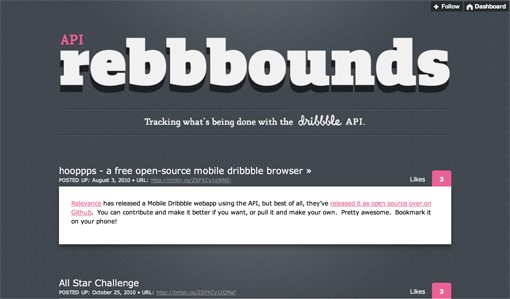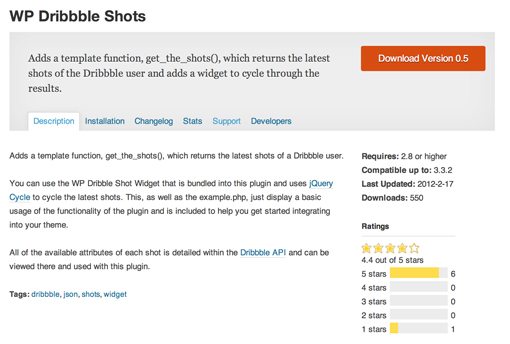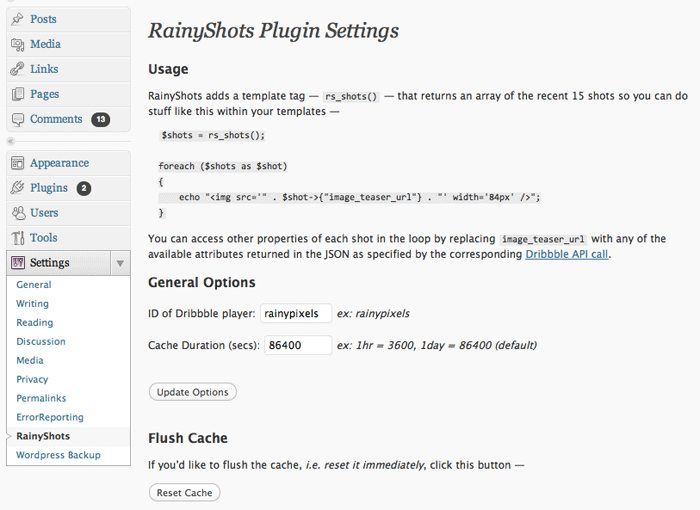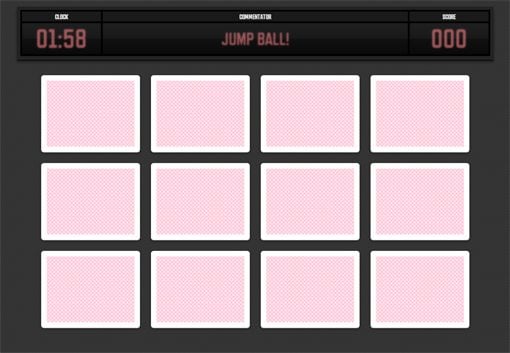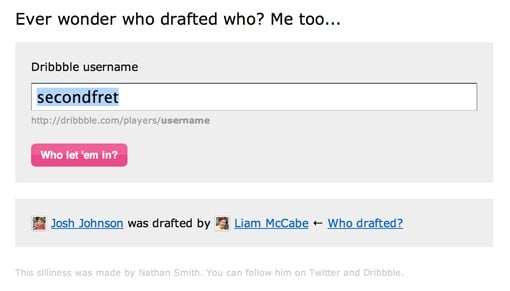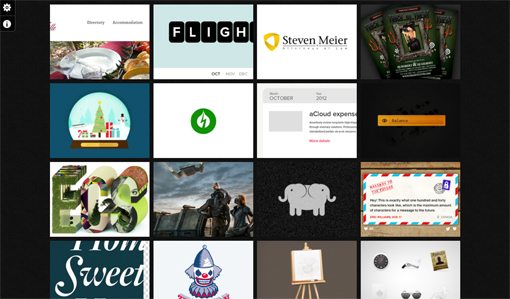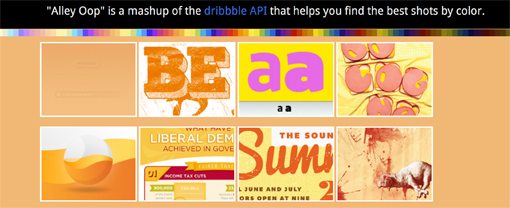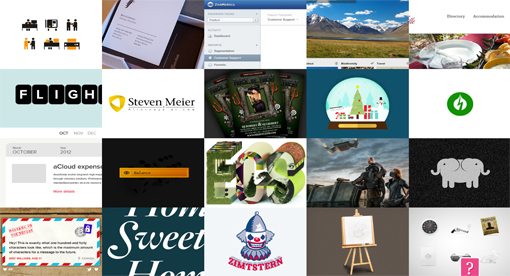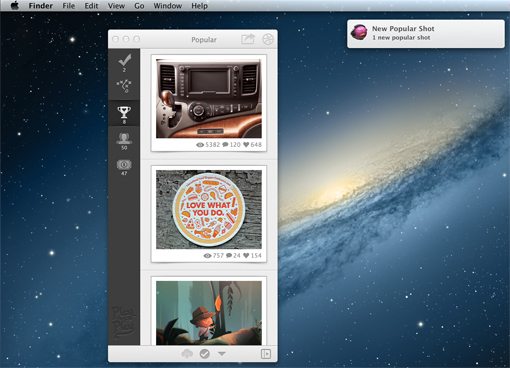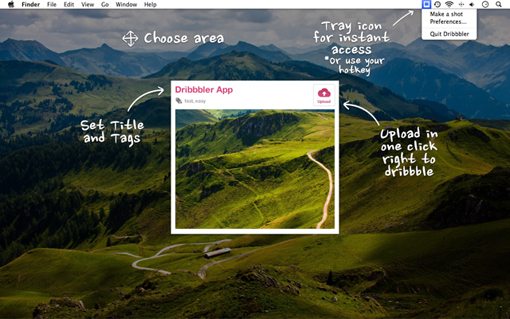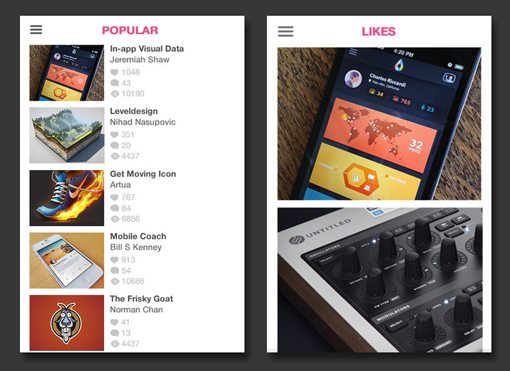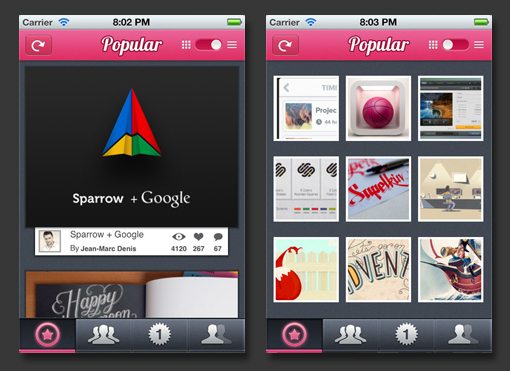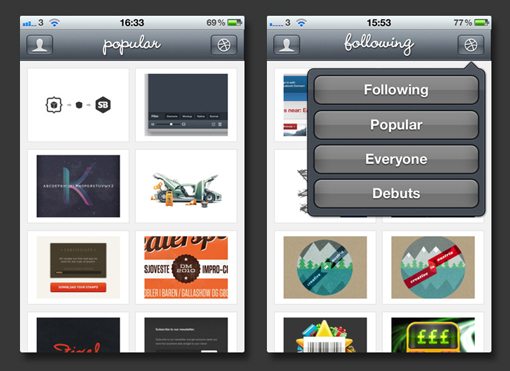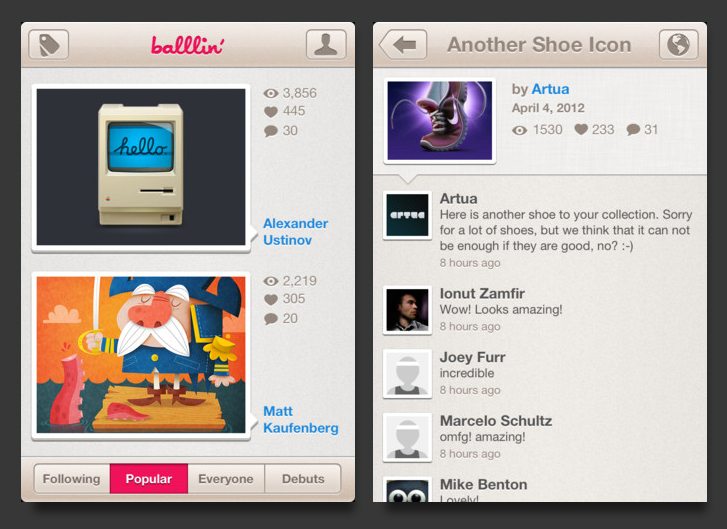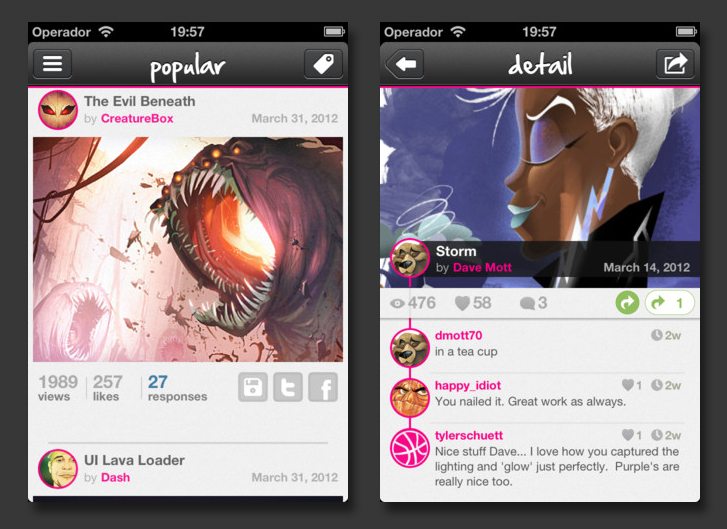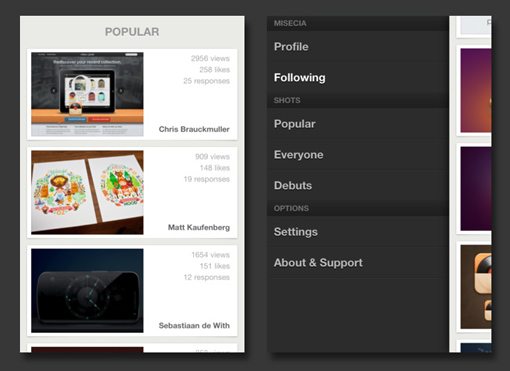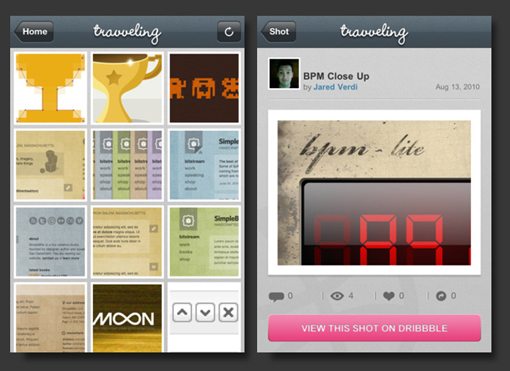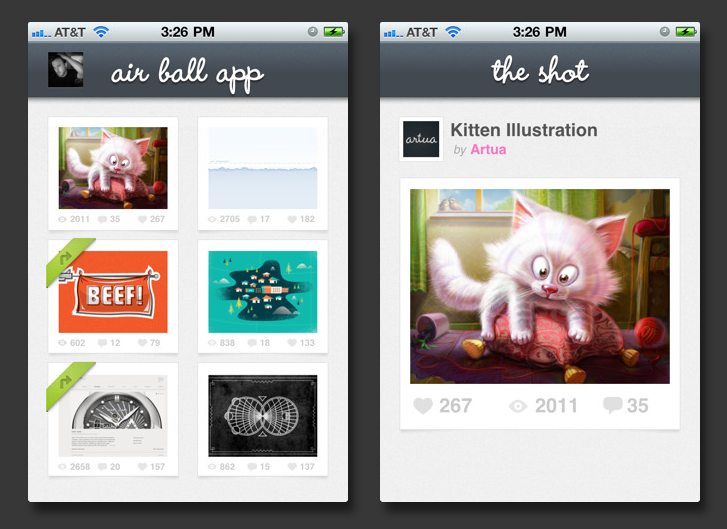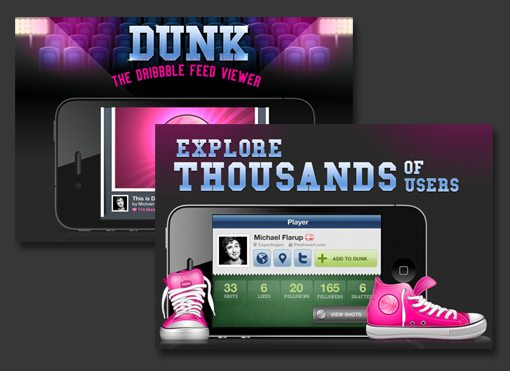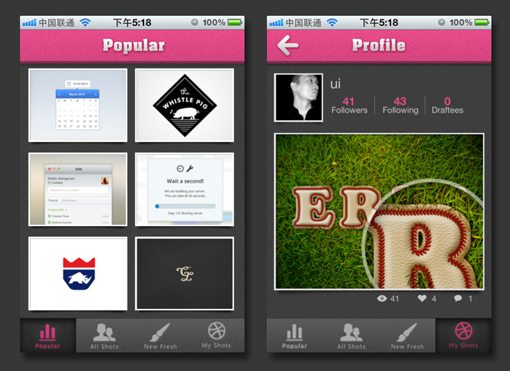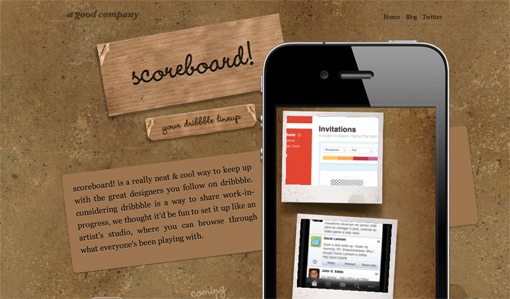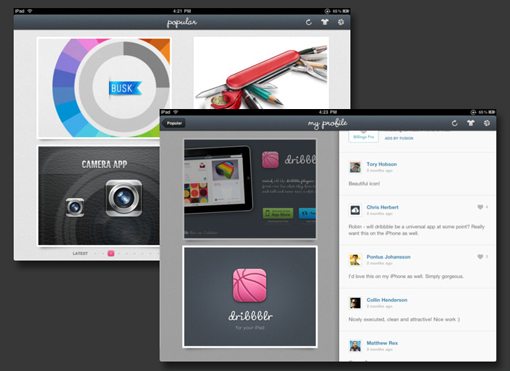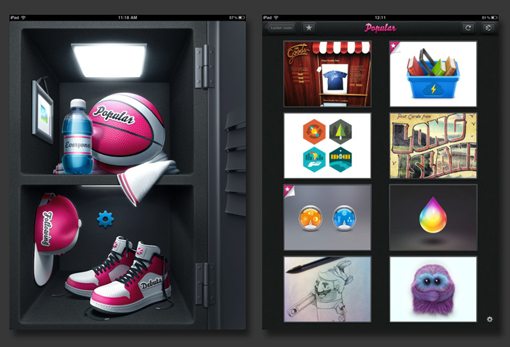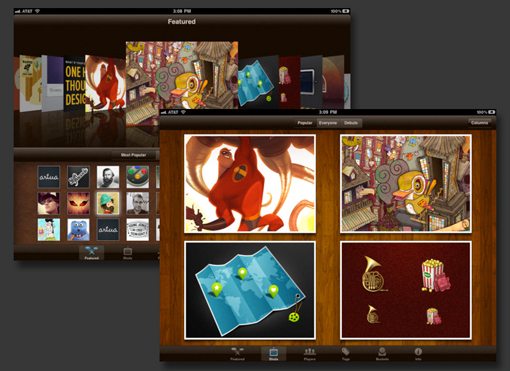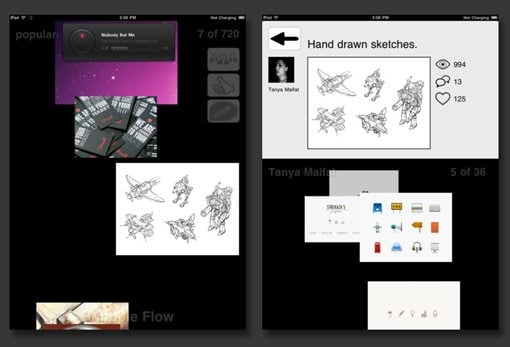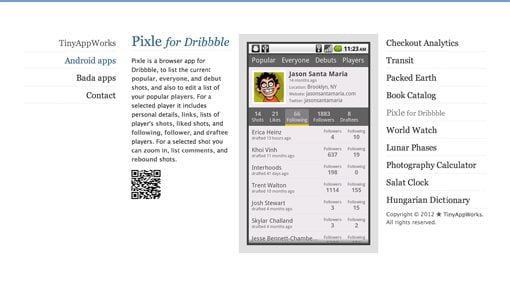So you want to be a graphic designer? What does that mean exactly? What types of jobs are available? It turns out deciding to be a designer is a pretty vague choice that often requires some more direction and career evolution before you really land yourself in a meaningful career.
Today we’ll explore the underlying structure of the graphic design industry and take a brief look at some different design jobs and career paths that you can and should explore. Whether you’ve been a designer for ten minutes or ten years, this article could help you find your place in the industry.
A Word About Semantics
The following descriptions represent, at best, industry norms largely based on my own experience. The truth is, there are no real restrictions or guidelines in place for labeling a design job and frankly, employers often get it very wrong.
I’ve seen “front-end” design jobs with years of hardcore coding knowledge requirements, “senior” design jobs that are in reality quite low level, and companies calling for expertise in UX without even knowing what it is. The simple truth is, you can’t always judge a job by its title but will have to look at its requisites and expected daily activities to be sure.
Levels
Before we get into specific areas of the industry, you should familiarize yourself with some of the basic levels that you can expect to be placed at in any given specialty. Whether you’re in package design or UI, you’ll find that there’s a hierarchy to climb your way up if you want to reach the top and make the big bucks.
Mac Operator/Entry Level Designer
Mac Operator (sometimes written “MAC Operator”) is a term that you almost never hear in web design but appears frequently in the print industry. Other terms like “Mac specialist,” “artworker,” “entry level designer,” or even simply “graphic designer” are often equivalent.
Though the use of the term varies considerably, most often you’ll find that a Mac Operator is someone who, quite frankly, can use a Mac for what is was once widely known for: desktop publishing. Mac Operators can, at the very least, use page layout software (Quark, InDesign, etc.) with a high level of proficiency.
“Mac Operators can, at the very least, use page layout software (Quark, InDesign, etc.) with a high level of proficiency.”
Mac Operators are often not usually in a position to display much, if any, creative prowess. Instead their roles are restricted to converting existing low-resolution artwork or sketches from designers to a print-ready layered file or to make minor changes to preexisting work created by someone else.
As an example, I worked for a marketing company who would have designers come up with a first round of artwork, which would be sent off for approval. If the piece came back with copy changes and other slight suggestions, it would go to the Mac Operators to be tweaked. If however, it required major design changes, it would go back to the higher level designers. In smaller companies this is obviously done all by one person but larger companies want to make sure they’re paying high level designers to do high level work, not copy changes.
Mid-Level Designer
This takes almost no explanation and is pretty much exactly what it sounds like. As a mid-level designer, you’re neither at the bottom or the top. You have a few years of experience, often anywhere from 3-7, that has earned you a reasonable pay bump and the freedom to actually engage in custom design projects from the ground up whether as a team member or solo designer.
“These are the meat of the industry and tend to be the guys and girls who produce the largest volume of work.”
Advertising agencies, marketing companies, dedicated design firms, these are filled with midlevel designers. These are the meat of the industry and tend to be the guys and girls who produce the largest volume of work, which is then passed up the line for approval and suggestions. The pay varies widely, the hours can be crazy; this is the stereotypical graphic design job.
Senior Designer
Senior designer is a pretty vague title as far as duties go. It’s typically gauged more by experience than duties, with those designers who have 6+ years of experience having a much better chance at landing a senior design position.
A very typical example of a design team will have one or two senior designers, with a handful of low to mid level designers. The senior designers are often the voices to listen to, the experienced few whose opinions carry more weight and paychecks slightly higher numbers, without necessarily being “the boss.”
“The senior designers are often the voices to listen to, the experienced few whose opinions carry more weight and paychecks slightly higher numbers.”
The senior designer is often the one who reports to the creative director and goes through status updates on various projects, lessons learned on past projects, etc. Direction from the creative director is often filtered through this person to the team.
Again though, expect senior designer jobs to be all over the place. Often it only refers to the years of experience you have. You could easily find yourself with a “senior designer” position in a company where you’re the only designer!
Art/Creative Director
These are the Don Drapers of the world. While everyone else sits in a cubicle, the Creative Director sits in an office. For the most part, Creative Directors started at the bottom and worked their way up through 10+ years of experience.
“While everyone else sits in a cubicle, the Creative Director sits in an office.”
A typical Creative Director might actually do more managing than actual full on design work. Good Creative Directors know how to maximize the potential of their teams. All major work is filtered through them and they have the ultimate say on the direction of the creative, specific artwork used, how the tasks are split up and more.
They also manage a good deal of the client relations. Meetings, planning, phone calls, emails, lunches, dinners, long flights and presentations fill the time of the Art/Creative Director, which some love while others long for the days when they could spend their time in front of Photoshop.
The Creative Director position is a precarious one. Often, they get the praise when a project goes right, even if they haven’t really designed a single thing. Similarly, when projects go horribly wrong, they take the blame, even to the risk of their own jobs. They’ll pass both praise and castigation on to their team, but ultimately it’s their heads that often rest on the chopping block.
Areas of Design
Now that we’ve made it through basic hierarchy, it’s time to examine some different directions your career could take in terms of emphasis. There are a million different types of designers and this list is not meant to be exhaustive but to provide a brief overview of the most popular titles.
I’ve split the jobs between the web and print industries. The two are conveniently categorized as separate, but the reality is that you can easily find overlap in the real world. The smaller the firm, the more likely they are to have one person who makes the coffee, designs the packaging and codes the website. Larger firms tend to specialize more and allow employees to settle into a niche.
Print
If you’re going into design, there’s no reason to only consider the digital world. Before you pursue this path, take a look at our recent article, Are Print Designers Doomed? An Important Look at the Facts. This outlines the very real trend of the decreasing availability of print jobs in light of the simple fact that print designers will definitely still continue to play important roles in society for all of the foreseeable future.
Package Design
Package designers are exactly what they sound like, they design the boxes, bottles, cans, bags and cartons that fill every shelf in every store. A package designer could focus primarily on label artwork (canned goods and cereal boxes are pretty set in shape and size) but they could just as easily be asked to come up with ideas for custom containers. Shampoo bottles are an example of a product with a container that is often heavily customized by each major brand.
“These designers have an amazing sort of anonymous fame.”
These designers have an amazing sort of anonymous fame. Their work is everywhere: in our stores, all over our kitchens and bathrooms, even in our dark, abandoned backyard sheds. Every product you’ve ever purchased that came in any sort of container was largely a work of a packaging designer.
If you can spend hours comparing peanut butter labels and dog food photography, then packaging design might be right up your alley. If you have a taste for 3D modeling, physical container design is definitely a field to explore.
Advertising/Marketing
These jobs exist in both the print and digital categories with more and more dollars being directed away from print and towards digital every year. I merely placed it in the print category because that’s where these industries were born (along with radio and television).
Advertising and marketing are two very closely intertwined but distinct categories of design. Some firms specialize in one over the other, some do both. As a designer with a job in advertising, you might do a little marketing and vice versa. However, in my experience with a marketing firm, the two areas were very distinct. Here’s how it worked where I was:
Advertising and Branding
The advertising firm or in-house department was often concerned primarily with branding and the public image of a product or company. These designers created the personality of the brand: its logo, characters and mascots, typography, colors, messaging, goals, drive, etc. This carried over to general advertising activities such as television commercials, radio spots, print ads and web banners all aimed primarily at communicating the brand’s existence and personality.
“Advertising can and does completely shape the way consumers perceive a brand.”
Advertising can and does completely shape the way consumers perceive a brand. One example that comes to mind is Herbal Essences shampoo. Years ago this brand was a fairly sensual brand obviously targeted at middle age and older females: the commercials depicted women of this age undergoing an orgasm-like experience upon using the shampoo (ridiculous but true). These days however, everything from the package design to the commercials obviously target a much younger audience and focus on youthful fun rather than mature sensuality. The shampoo inside the bottle is exactly the same, but the advertising folks have dramatically changed the perception of the product.
Marketing
Along these same lines, marketing leverages the existing brand design: logos, packaging, targeting, personality, etc. in a more sales-focused arena. Marketing designers create coupons, in-store promotional materials and engage other short-term projects meant to achieve incremental lift, which is to say tactics such as a holiday sale where purchase is hopefully increased.
“The advertising people develop who the brand is while the marketing people are tasked with getting it in the hands of as many people as possible.”
The advertising people develop who the brand is while the marketing people are tasked with getting it in the hands of as many people as possible. Sales numbers, quarterly earnings, brand partnerships; this is the world of the marketing department, all of which is translated to real materials that must be created and designed for print and digital distribution.
For instance, every scrap of junk mail that comes out of your mailbox and into your recycling bin is designed by a designer in marketing. Don’t bash it, I used to be that very guy and absolutely loved my job! It was always fun to receive, and subsequently toss, my own direct mail materials.
Print Publication Designer
The publication industry was historically one of the heaviest hitters as far as the number of designers employed, though this number has reduced dramatically with the rise of the web. Magazines and newspapers were the Internet of yesterday and are still a large part of every day information consumption for many people.
“This is definitely a field that can only exist through the hard work of talented designers.”
Every single page in these daily, weekly, monthly, bi-monthly and annual publications has to be designed, compiled and organized by teams of Mac Operators, Graphic Designers and Creative Directors. Take a look at the number of pages in any magazine, then take a look at the magazine section of your local bookstore to see how many there are and you’ll see that this is definitely a field that can only exist through the hard work of talented designers.
Devices like the iPad are creating an interesting overlap of print design techniques and digital technology. Some online publications are moving from the familiar blog format to a more magazine-like experience with individual pages that can be turned via gestures. This is a natural evolution for these types of designers and should hopefully help alleviate disappearing jobs.
Logo Design
It’s hard to believe that some people can make a full time living solely through logo design but it does in fact happen. It’s more typical for a company to provide a full range of marketing/advertising/branding services, but logo specialists are on the rise and are quite a talented group. If you’re good with a pencil and tend to be more of an artist than a designer, logo design is a perfect field for to pursue.
Once again, though logo design comes from the print world, these days tons of companies exist only in the digital realm and still require the same service.
Digital
Now that we’ve looked at some areas of print design and even some that exist in both print and web, let’s look at those jobs that primarily exist as a response to the popularity of the Internet in the past two decades or so.
Front End Web Designer
Front end web designers create the web as you know it. Each individual site and page has a “front end” and a “back end”. Though the back end can require some sort of design if it also has users, this is often a more focused on development and coding, so the front end is where most of the actual design emphasis is placed. To put it differently, developers make the websites work while front-end designers make them pretty .
“At the most basic level, front end web designers spend their time creating comps in Photoshop or Fireworks.”
Front end designers can be expected to have a range of different skills. At the most basic level, front end web designers spend their time creating comps in Photoshop or Fireworks. These comps are then passed on to developers and turned into live, working designs.
More and more though you see the job requirements of front end designers including basic development capabilities. There’s a raging conceptual debate over whether or not designers have any business coding, but the reality is that employers are beginning to require knowledge of at least HTML and CSS before considering you as a candidate. Even if you won’t actually be engaging in those activities, designers who understand the underlying structure and capabilities of the web are valuable assets. Following this same line of thought, front end development tends to be HTML, CSS and JavaScript while backend development involve heavier hitters like PHP
Designer/Developer
At the other end of the spectrum sits the designer/developer. These individuals aren’t satisfied with merely handling the front end aesthetic but push themselves further and become fully competent in HTML and CSS. Some go even further than that and pick up JavaScript, PHP, Ruby and other prominent web technologies.
Again, let the debate rage on about whether or not one person should really hand all of these duties but the reality is that there are a million people with skill sets this extensive and they are excellent candidates as far as employers are concerned.
UI Designer (User Interface Designer)
As the web and even desktop computer environments become more ingrained into our daily lives, the role of the UI designer becomes more and more important. In many ways a sub-segment of front-end design, UI design relates specifically to the design and in many cases actual hand-coded development of application and website interfaces.
For example, if you need a personal website to show off your work, you might hire a general web designer or firm to design and code the whole thing. However, if you want to create a productivity application with custom buttons, fields, navigation, typography and other design elements, then you would hire a UI designer.
UX Designer (User Experience Designer)
There is a lot of confusion surrounding this particular field and to what extent, if any, it overlaps other areas of design. In general, the user experience designer is primarily concerned with low fidelity design, meaning the end product of the UX designer can be fairly far from the finished, more aesthetically developed version of the design.
A project in its initial stages is often placed in the hands of a UX expert or team, who will outline, sketch and wireframe the basic workflow or “experience” of the user. The job doesn’t stop there though and continues through to the ultimate completion of the design in various roles that are complementary to the other types of designers on the project.
“A project in its initial stages is often placed in the hands of a UX expert or team, who will outline, sketch and wireframe the basic workflow or ‘experience’ of the user”
This is crucial in applications, e-commerce sites and other large web and software projects. It’s important to note that UI design is an aspect, but by no means the whole, of UX. Areas such as research, usability and A/B split testing all fall into the area of UX on some level.
UI vs. UX
The differences between UI and UX are often disputed. In “The Difference Between UI and UX“, our own Shawn Borsky defined UI design as specifically the design of input/output controls and anything else that allows the user to interact with the system while UX is more of the sum of all the parts and the impact it has on the user.
Others however, state that the difference between the two lies more in the difference between design and development, meaning it’s a matter of the difference between a UX Designer and the UI Developer. UXMatters.com defines a UX Designer as “one who designs the user experience” (which includes research, testing, etc.) and a UI Developer as “One who builds user interfaces that support the exchange of information between an application’s users and its back-end processes and databases.”
Obviously, the two different perspectives are quite similar and together give you a good idea of the overall difference between the two areas. As a crude rule of thumb, I always say that a UI guy designs the button but the UX guy tells him where to put it.
Other Considerations
Beyond the general hierarchy of design jobs and the specific areas of focus, there are a couple of more topics of which to take note.
Places to Work
One major concern is where you work, which has a huge impact on the definition of the titles above. As I mentioned, smaller companies tend to have fewer people perform more varied tasks while larger companies focus employees toward narrower tasks. In fact, it’s not really the size of the company that counts but the size of the design or creative department. Some employers are dedicated design firms and therefore tend to pay closer attention to these definitions and roles. Others are companies that have nothing to do with design but have an in-house design team that can range dramatically in size. For instance, in Phoenix where I live, Fender Guitars employs quite a few graphic designers.
There’s also the self-employed/freelancer route where you have the freedom to decide what type of designer you are and can even change that distinction from day to day. Want to try focusing on logos for a year? Go for it! Want to bill yourself as a UX expert? No one is stopping you. Freelancing isn’t for everyone but countless designers swear they would never do it any other way.
How Much Will You Make?
The all important question! Don’t feel bad if money is a primary concern for how you pick a job. People can go on and on about loving what you do and doing what you love but ultimately you need a paycheck and almost no one can argue that big checks are better than small ones on payday.
If, like me, you’re quite interested in this topic, check out our recent article, How Much Money Do Designers Make?
Conclusion
The point of this article is to get you thinking about all the different types of designer you could be. Sometimes we get stuck in a professional rut and, while we can’t imagine being anything but designers, we long for a new area of emphasis. If you’re starting to hate your job, the solution to professional contentment could be above. Maybe you’re struggling with UI design when you really would prefer packaging or are sick of advertising and would be more suited to focus on publication or web design. I encourage you to explore each area that interests you and put some hard thought into whether or not you’d be happier in that position.
Leave a comment below and let us know what type of designer you are and what type of company you work for. Are you a freelancer who does all of the jobs listed above or do you work for a Fortune 500 company focusing on one or two of these areas? We want to know!



